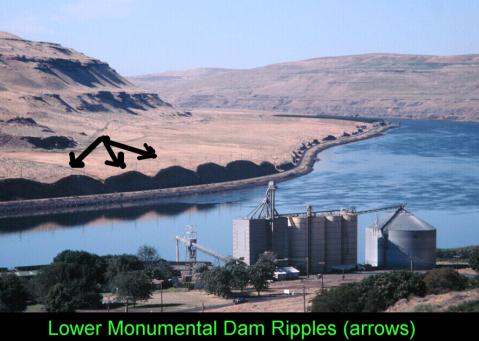micatala wrote:Do we agree that ice can flow slowly (as in a glacier like goat's example)?
Yes, ice can flow slowly.
Do drumlins and ribbed moraines occur anywhere where there hasn't been glaciation?
This is difficult to answer because the deck is stacked.
By definition, moraines are "rock debris, fallen or plucked from a mountain and transported by glaciers or ice sheets." (
Wikipedia) And drumlins are "elongated whale-shaped hill formed by glacial action." (
Wikipedia)
And how do we know where there has been glaciation? By the presence of such things as moraines and drumlins.
So, if I point to a drumlin, by definition, it'll automatically be considered a glacier area.
But, I'll post an example of how water better explains drumlins than ice.
And, if I missed it in my initial perusal of the thread, my apologies, but do we have any alternate water-based explanation for creating these features at the scale we find them? If so, can we find any examples where evidence exists of these features being created by water not associated with ice?
No, I have not presented my hypothesis yet. I'll post it in a separate posting.







